The Global Village in Americus, GA
 If you've heard of Americus, GA, it's probably because of a little non-profit nick-named Habitat For Humanity International. It's a quaint little town with a fun downtown area. Habitat, the international organization concerned with substandard housing throughout the globe.
If you've heard of Americus, GA, it's probably because of a little non-profit nick-named Habitat For Humanity International. It's a quaint little town with a fun downtown area. Habitat, the international organization concerned with substandard housing throughout the globe. One of the things in the city that demonstrates Habitat's global work is the "Global Village & Discovery Center," located near the organization's headquarters. The purpose is simple: to demonstrate substandard conditions that people live in throughout the world and show how local affiliates help people get themselves out of it.
One of the things in the city that demonstrates Habitat's global work is the "Global Village & Discovery Center," located near the organization's headquarters. The purpose is simple: to demonstrate substandard conditions that people live in throughout the world and show how local affiliates help people get themselves out of it. The global focus of the center is apparent everywhere you go.
The global focus of the center is apparent everywhere you go.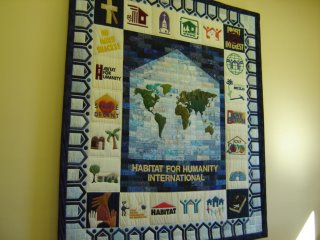 In it's quilts...
In it's quilts... ...and in its language.
...and in its language. The feel-good organization has a serious problem to tackle: about 1.2 billion people live in absolute poverty.
The feel-good organization has a serious problem to tackle: about 1.2 billion people live in absolute poverty. The Global Village moves past statistics and gives you a real life-size image of what this is like.
The Global Village moves past statistics and gives you a real life-size image of what this is like. Town centers may have shacks for community gatherings. Don't be fooled by the television set, this room has no electricity. In many places, the town will get together once a week to watch a movie powered by a car battery.
Town centers may have shacks for community gatherings. Don't be fooled by the television set, this room has no electricity. In many places, the town will get together once a week to watch a movie powered by a car battery. Sleeping conditions for many are not anything close to what we would expect for ourselves. It is easy to think that the situation is hopeless. But this is not the message of the Village, and certainly not the goal of Habitat, which is powered by faith.
Sleeping conditions for many are not anything close to what we would expect for ourselves. It is easy to think that the situation is hopeless. But this is not the message of the Village, and certainly not the goal of Habitat, which is powered by faith.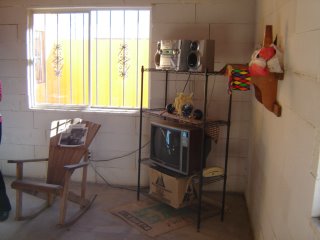 For instance, this interior of a Mexican home represents a great improvement over what many people live in today. Like all Habitat homes, it's build based on local materials, local labor, and local standards of what is "simple, decent, and affordable".
For instance, this interior of a Mexican home represents a great improvement over what many people live in today. Like all Habitat homes, it's build based on local materials, local labor, and local standards of what is "simple, decent, and affordable".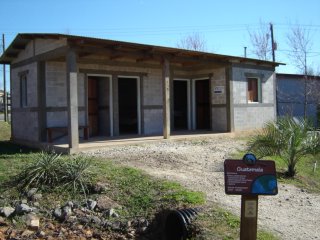 Here's what a Habitat home in Guatemala. You'll notice a porch area up front that is connected to all the rooms. This is rooted in cultural norms for houses.
Here's what a Habitat home in Guatemala. You'll notice a porch area up front that is connected to all the rooms. This is rooted in cultural norms for houses. This home model from Kenya features a tin roof...which is a big deal over there.
This home model from Kenya features a tin roof...which is a big deal over there.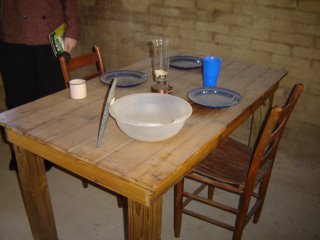 This home interior from AIDS-ravaged Malawi features a meager interior and a relatively small number of chairs for a large family. The reason is simple: the women are "too busy" serving the men and eating on the floor to think about chairs. That's for the men.
This home interior from AIDS-ravaged Malawi features a meager interior and a relatively small number of chairs for a large family. The reason is simple: the women are "too busy" serving the men and eating on the floor to think about chairs. That's for the men.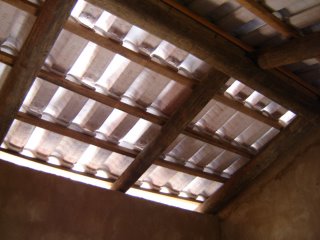 But they like their tin roofs too!
But they like their tin roofs too! The exterior of a Habitat home in Haiti is interesting to look at. The roof is shaped in a way so that the family living there may collect water. This design has changed however, as the materials to build a roof like that are becoming more and more expensive; this moves it away from "simple, decent, and affordable" to something more extravagant.
The exterior of a Habitat home in Haiti is interesting to look at. The roof is shaped in a way so that the family living there may collect water. This design has changed however, as the materials to build a roof like that are becoming more and more expensive; this moves it away from "simple, decent, and affordable" to something more extravagant.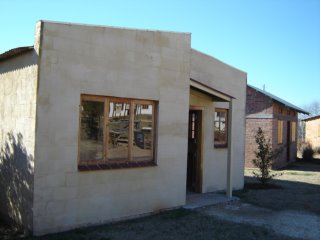 The South African exteriors also have an "out of the box" thinking approach to them -- at least by American standards.
The South African exteriors also have an "out of the box" thinking approach to them -- at least by American standards. Indian homes had some fairly fancy features, like a squat-down toilet. Nice!
Indian homes had some fairly fancy features, like a squat-down toilet. Nice! Homes in Papua New Guinea are on stilts. No one was truly sure why. One theory pointed to monsoon season, another to accommodating livestock. I used to know a guy who worked there, I'll have to ask.
Homes in Papua New Guinea are on stilts. No one was truly sure why. One theory pointed to monsoon season, another to accommodating livestock. I used to know a guy who worked there, I'll have to ask. As you leave the village, you are reminded of Habitat's supernatural focus: it relies on people who are driven by more than logic and practicalities to accomplish the near-impossible. For most things, logic will do.
As you leave the village, you are reminded of Habitat's supernatural focus: it relies on people who are driven by more than logic and practicalities to accomplish the near-impossible. For most things, logic will do.For others, it requires faith.

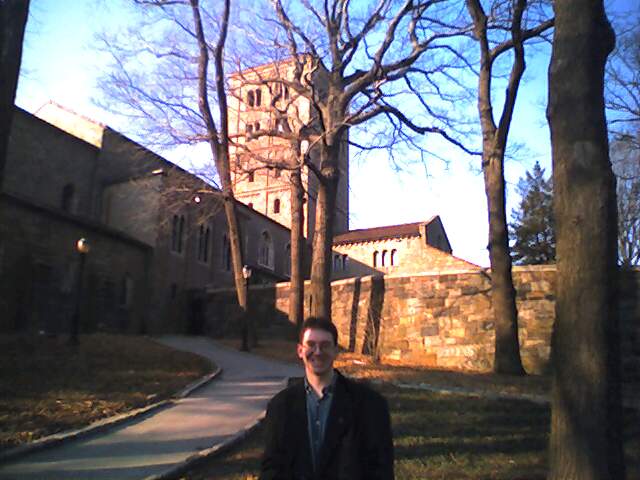

0 Comments:
Post a Comment
|<< Home